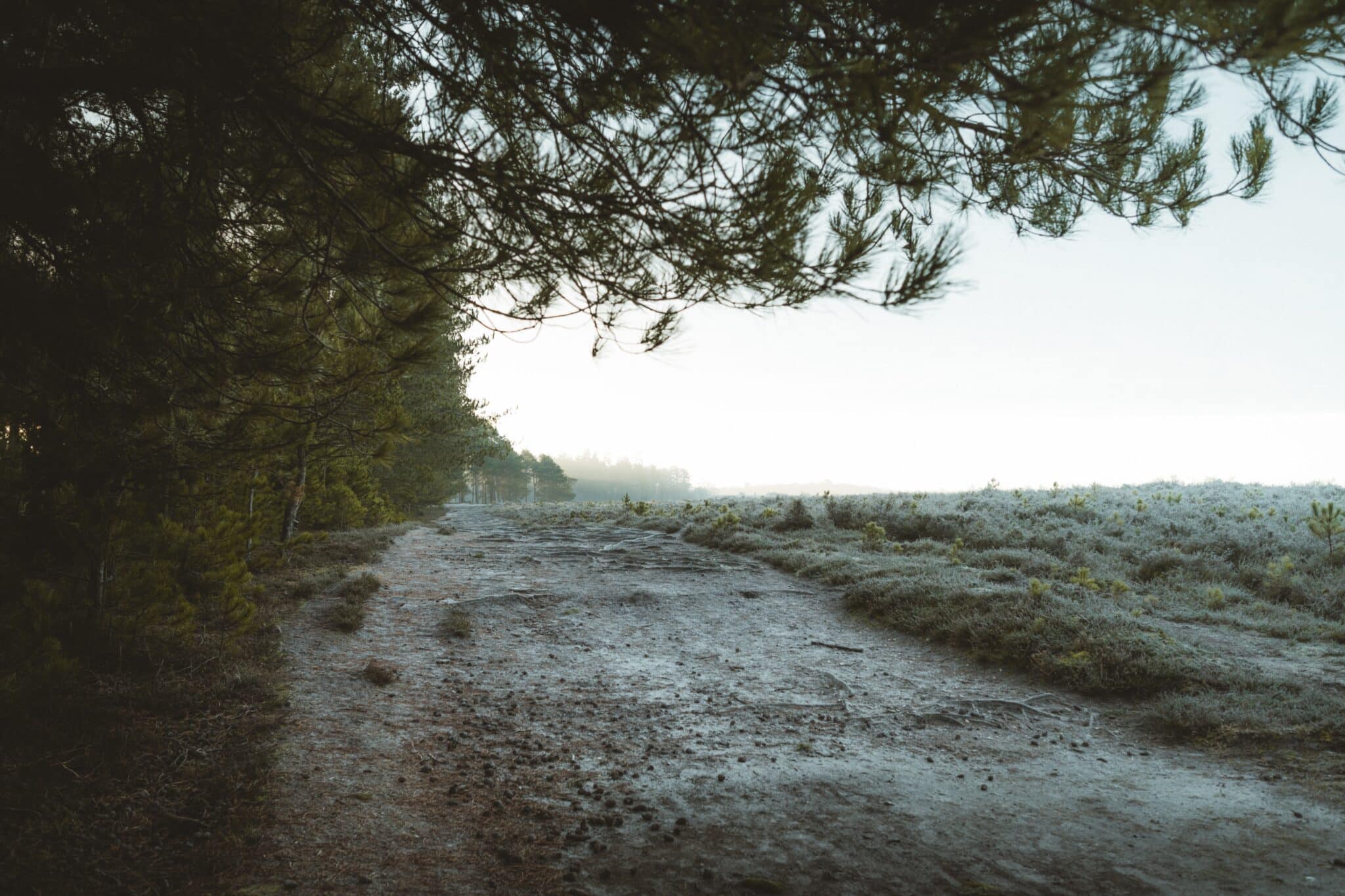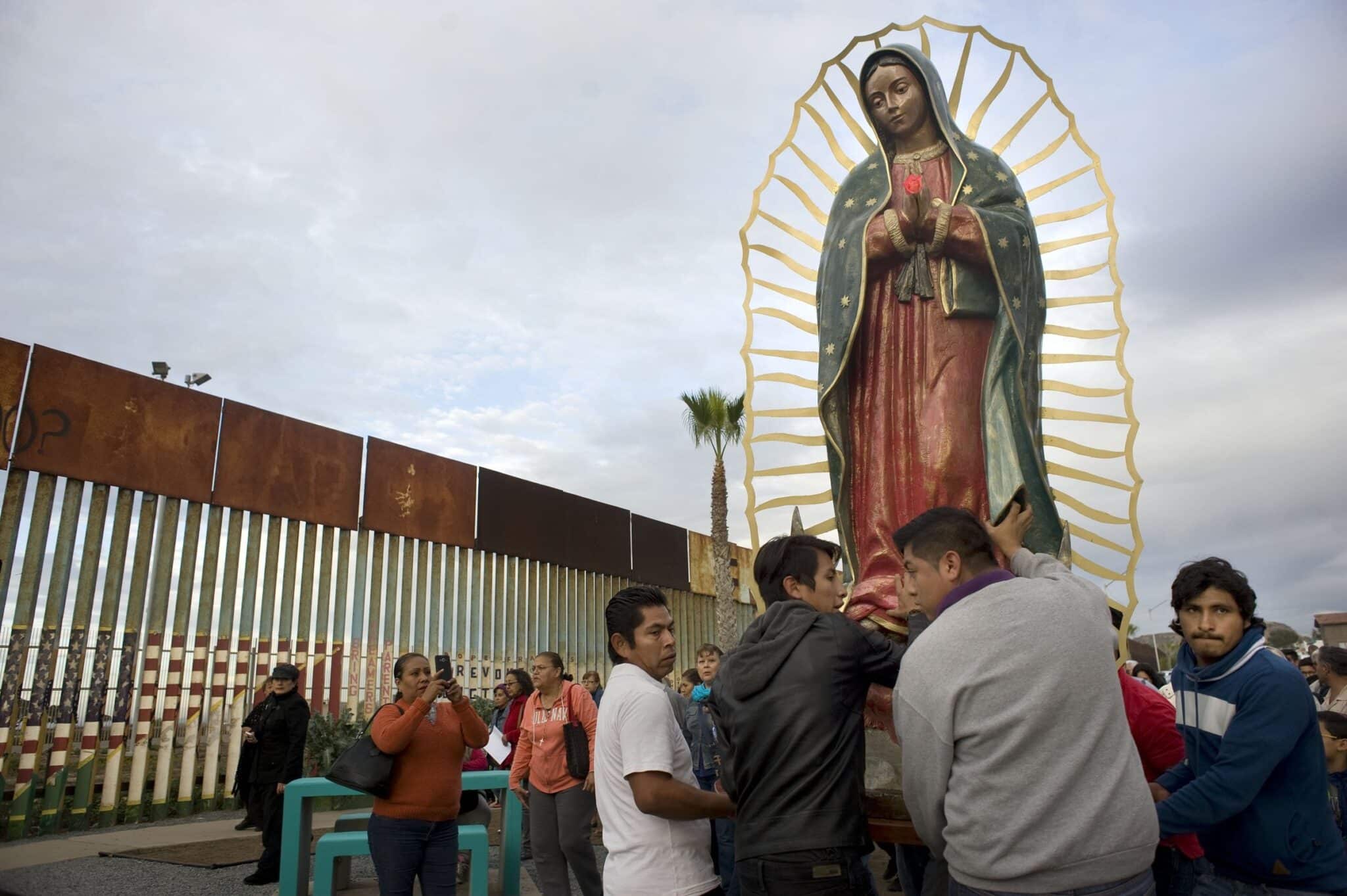In 2008, when I cleared two weeks from my schedule in order to walk a section of the Underground Railroad, it was the natural outgrowth of many years during which I had been faithfully observing how I was living my life. The walk became a priority for me for several reasons. It was foremost an opportunity to honor men and women who had lived their lives with great immediacy. As runaway enslaved people, they risked everything to walk this path.
The yearning for freedom overtook their fear. Many enslaved people did escape and find freedom, but more did not. Those who failed were brought back broken, destined to be killed, or returned to their former suffering. The latter were almost always severely beaten for their attempts to escape. The risks they took were staggering, and I wanted to honor their courageous hearts.
But beyond that primary intention, I hoped that opening up to their experience in such a direct way would create a space in me in which a larger conversation with life might arise. I wanted to learn from their stories. I wanted those stories to ask me questions. I hoped they could help me find a deeper way of being present in life, and teach me how to integrate the mud and the stars. Perhaps the strongest preparation for the walk was learning not to have expectations about how it would unfold, but to simply let go and trust the path.
Before the Journey
Everything is watching, even the stars. As my approaching plane flies low over Mobile, Alabama, I look down through the tiny window to the river below where enslaved people once fled. My friend Joyce and I are planning to follow a portion of this route on foot, and I imagine us as small stick figures who will be walking alongside that river a few days from now.
In the airport, I meet Joyce, and the two of us are brought to a home filled with women—extraordinary women—whose gifts and kindness to us could never be adequately expressed. I knew several of the women from my retreat work over the years, but I am meeting others for the first time. They will all be there for us in ways we cannot imagine as we take this journey, a local network of love. Looking into their faces and recognizing the anticipation they feel, I sense a deeper meaning and import to this walk than I have felt before. We will walk in the footsteps of former enslaved people, but not as an historical remembrance.
Their moment in time will be our moment—the universal longing to be free and autonomous. The effort of the enslaved people was to break the literal chains that made them someone else’s property and prevented them from realizing their unique personhood. My chains are the inner fears and lack of awareness that keep my experience of life narrow and limited, far from what it was intended to be.
The women in our circle of support bless our feet and our shoes for the journey. They are sentinels for our spirits, not only ready to help in any tangible way, but also providing strength and inspiration for our hearts. One woman bends over to bless Joyce’s feet and tears fall down her face. I am moved by her sincere emotion and the way each woman standing in this circle has made the path we will walk her own by tending us in such a beautiful way.
In addition to these women from Alabama, a larger circle of friends and supporters from my life and from Joyce’s life are sponsoring our walk. The circle stretches across the country. The monies we raise will be donated to three different charities, and coming from the airport today we see one of those charities, a safe home for women. Situated beyond barbed wire and behind two strong protective gates we see the outline of a home, and also a wooded playground for the children. We drive past the property slowly, and I realize that many of these families are now being protected from someone they once knew and loved.
How and when do things change? Perhaps this is why the woman cries as she blesses Joyce’s feet. In remembering slavery we allow ourselves to touch the unbridled potential in us all.
A Shadow Within
In the libretto for Craig Hella Johnson’s oratorio, Considering Matthew Shepard, there is a piece entitled “I Am Like You.” Matthew Shepard was brutally beaten and left to die on a fence in Wyoming by two other boys, and “I Am Like You” asks us to consider the ways in which we all have the potential to hurt others.
The musical piece, brilliant and light-filled, acknowledges that some things we love get “lost along the way” and we are all capable of “being confused and reckless of making mistakes, and [hurting] people very much.” This mindfulness is key for me. Otherwise, it’s possible to walk the Underground Railroad thinking about “others” and distancing myself from the shadow in my own nature.









4 thoughts on “Walking the Underground Railroad”
Inspiring! Thank you for your thoughts and involvement!
I grew up not knowing my history. I didn’t know the school I attended for twelve years was named after a famous black person nor anything about the underground railroad. Thank you.
I hope you’ll have a follow up to this story, on the actual experience. The story is off to a moving start, thoughtful and sensitive. Thank you.
Is it possible to share what paths you actually walked – if there were any miles you and your friends walked? I understand it may have been walking as a metaphor but if not would love to know your path.
Thank you so much
Peggy